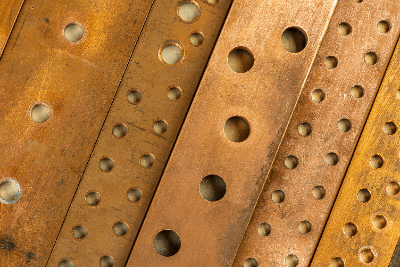What Is a Bronze Bar?

A bronze bar is a type of product made from molded copper metal, known for its high electrical and thermal conductivity. It’s commonly used in switchboards and distribution boards as a bus bar or ground bar. However, it’s susceptible to oxidation over time, forming a green oxide film, and may require surface treatments or coatings for protection.
Uses of Bronze Bars
Bronze bars are utilized in various sectors due to their conductivity and corrosion resistance:
1. Electrical Circuits
They are integral in electronic component manufacturing and power transmission lines, serving as efficient electrical pathways.
2. Building Materials
Used in roofing and exterior materials, especially in historic and architecturally significant buildings, for their aesthetic appeal and durability.
3. Financial Investment
As a precious metal, bronze bars are traded in markets and used as investment assets, with prices fluctuating based on economic trends.
Characteristics of Bronze Bars
Bronze bars feature low electrical resistance and are used for branching current in distribution panels. They vary in size according to current requirements and often require protective covering to ensure safety.
How to Select Bronze Bars
When selecting a bronze bar, consider these factors:
1. Intended Use
Determine the application, which will dictate the required shape and dimensions of the bar.
2. Shape and Size
Choose the appropriate shape and size, such as rectangular or cylindrical, based on the specific application needs.
3. Current Capacity
Consider the current capacity, which depends on the cross-sectional area. Larger areas allow more current flow but are heavier and more expensive.
4. Surface Treatment
Select suitable surface treatments like electroless nickel or tin plating for enhanced corrosion resistance and improved solderability in electrical applications. Tin plating is often utilized for bearing parts and electrical contacts.